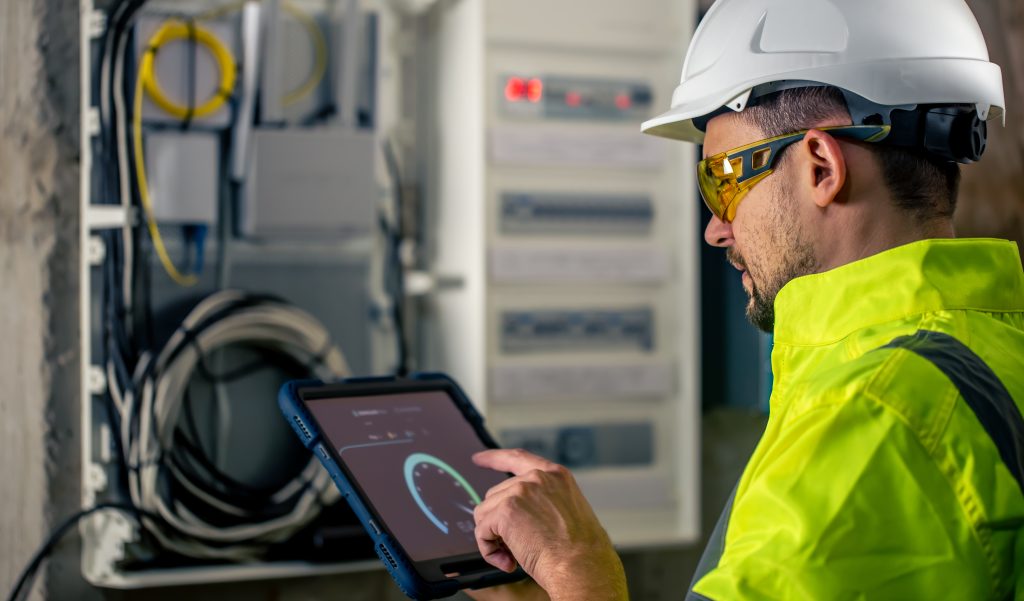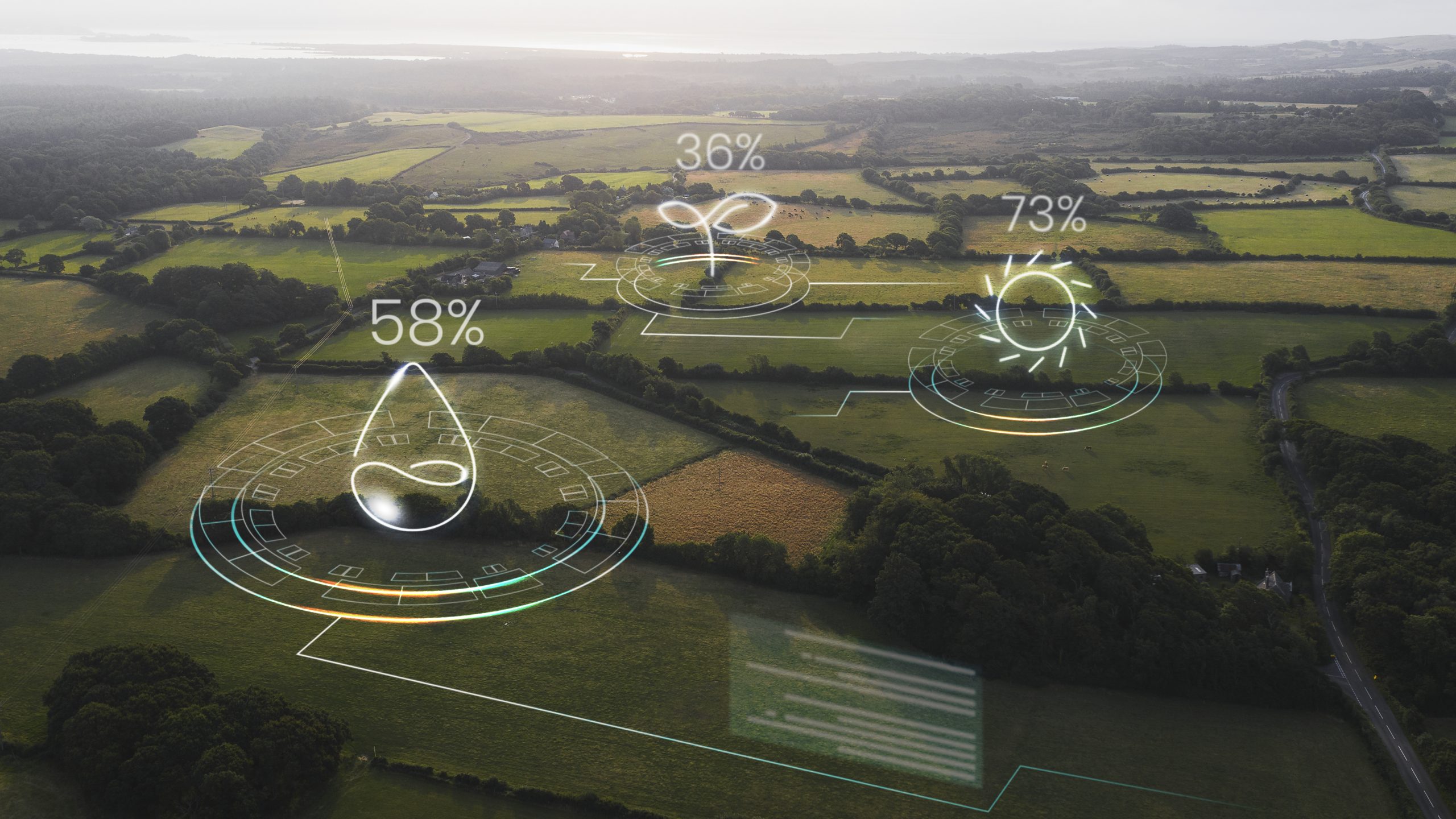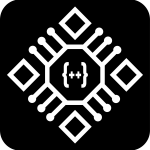This time we will discuss about the Internet of Things or commonly called as IoT, where technology is becoming popular in various industries. Let's start!
What is Internet of Things?
The Internet of Things (IoT) is a network of smart devices that combines connectivity with software, sensors, actuators, and other electronics to directly integrate the physical world into computer-based systems.
The goal is to make these devices connect and communicate with the internet, thus making management and monitoring easier. These devices can range from home appliances that you encounter in your daily life to advanced industrial equipment.
" The Internet of Things is a network of Internet connected devices that communicate embedded sensor data to the cloud for centralized processing “
The Scenario
For example, a farming operation wants to find a way to monitor soil quality, weather, and automatically control watering to prevent the plants from suffering from water shortages.
So the farmer needs data on temperature, humidity, and soil pH in their agricultural fields to determine the amount and duration of watering or fertilizer to the plants, which can be done automatically with pumps.
The IoT Solution

The Devices
To collect the required data, we need to install humidity and soil pH sensors that will detect soil quality and send the data to a database.
The devices can be installed in many different places to get more diverse data. They can use Wi-Fi connectivity to connect to the database that will collect and store the data.
The Data
The devices are programmed to collect soil quality data every hour for a 24-hour period. The collected data includes the device ID, GPS location, timestamp/date, and other relevant metadata.
The Cloud Services and User Interface
We need to develop a cloud-based solution to receive incoming data from each device and collect the data into a database.
The cloud service and user interface include an IoT gateway that handles communication with the devices, a storage solution for storing the data, an analytics service for managing incoming data from the devices, and a service for analyzing the data and informing decision making.
Analysis and Decision Making
In this scenario, the farmer can use the monitored data to understand the current condition of the soil and provide recommendations on watering time. Due to the changing weather, the installation of soil quality sensors is necessary. By having this information, the farmer can adjust the amount and timing of watering and fertilization to optimize plant growth and reduce waste. With the use of IoT technology, the entire process can be automated and made more efficient, leading to increased productivity and profitability for the farm.
Implementation of Internet of Things
As we learned from above, IoT encompasses a lot of different technologies and definitions that tend to be fairly broad. This also applies when considering how IoT solutions are developed and implemented. Let's briefly look at three different categories of IoT devices and services.
IoT Maker
The term "maker" or commonly referred to as "hobbyists" and refers to those who like to building things for experiment or for personal use from electronic components.

Image by Lifestylememory on Freepik
When it comes to IoT, the idea of building functional devices that can collect and store data to a database, and even possibly perform analysis on the collected data, is all part of what hobbyists do.
But a commercial business may employ a maker's approach to experiment with ideas, create proof-of-concept devices, do costing, and other planning exercises. So "maker" need not be limited to hobbyists but describes an approach to development and However, these makers can also include students or university students who are interested in delving into the Internet of Things itself.
Home Consumer IoT
Home Consumer IoT refers to commercial devices and services that are geared towards for personal use in the home, such as temperature monitoring devices or connected appliances that can be controlled.

While the basic IoT concepts apply, the scope of what the devices collect, how they manage and store data, and how the data is used may be much more limited than what you'd find in an enterprise environment.
IoT in Industry
Whereas consumer IoT focuses on solving specific problems or scenarios for individuals or homes, enterprise-class IoT focuses on solving specific business problems such as efficiency, waste reduction, increased production speed, and providing insights into whether business systems are running efficiently.

Image by pvproductions on Freepik
A single company can use a variety of devices that work together to provide the necessary data. The company may also require real-time data to make timely adjustments or prevent consequences from system failures.
Consumer-level IoT products rarely require this so the type of architecture needed in a company will be more involved and require more services than a consumer solution requires.
Industries that can use the Internet of Things
Here are the implementations of IoT in various industries.
- Automotive industry: IoT can help in monitoring the condition of the vehicle and ensuring optimal performance.
- Household: IoT can help monitor and control household appliances such as AC, lighting, and washing machines.
- Agriculture: IoT can help farmers monitor soil conditions, temperature, and humidity to ensure the best conditions for plant growth.
- Health: IoT can help doctors and patients monitor health conditions in real-time and provide alerts if there are any signs of health problems.
- Manufacture: IoT can help manufacturers monitor the production process and ensure efficiency and product quality.
- Energy and utilities: IoT can help in monitoring and controlling the electricity and water network to ensure availability and efficiency.
- Retail: IoT can help stores monitor inventory and ensure product availability for customers.
- Transportation: IoT can help monitor the condition of transportation vehicles and ensure optimal performance.
- Mining: IoT can help monitor the condition of machinery and the working environment to ensure worker safety and production efficiency.
However, it is important to note that IoT still has some challenges and security and privacy issues that need to be addressed.








